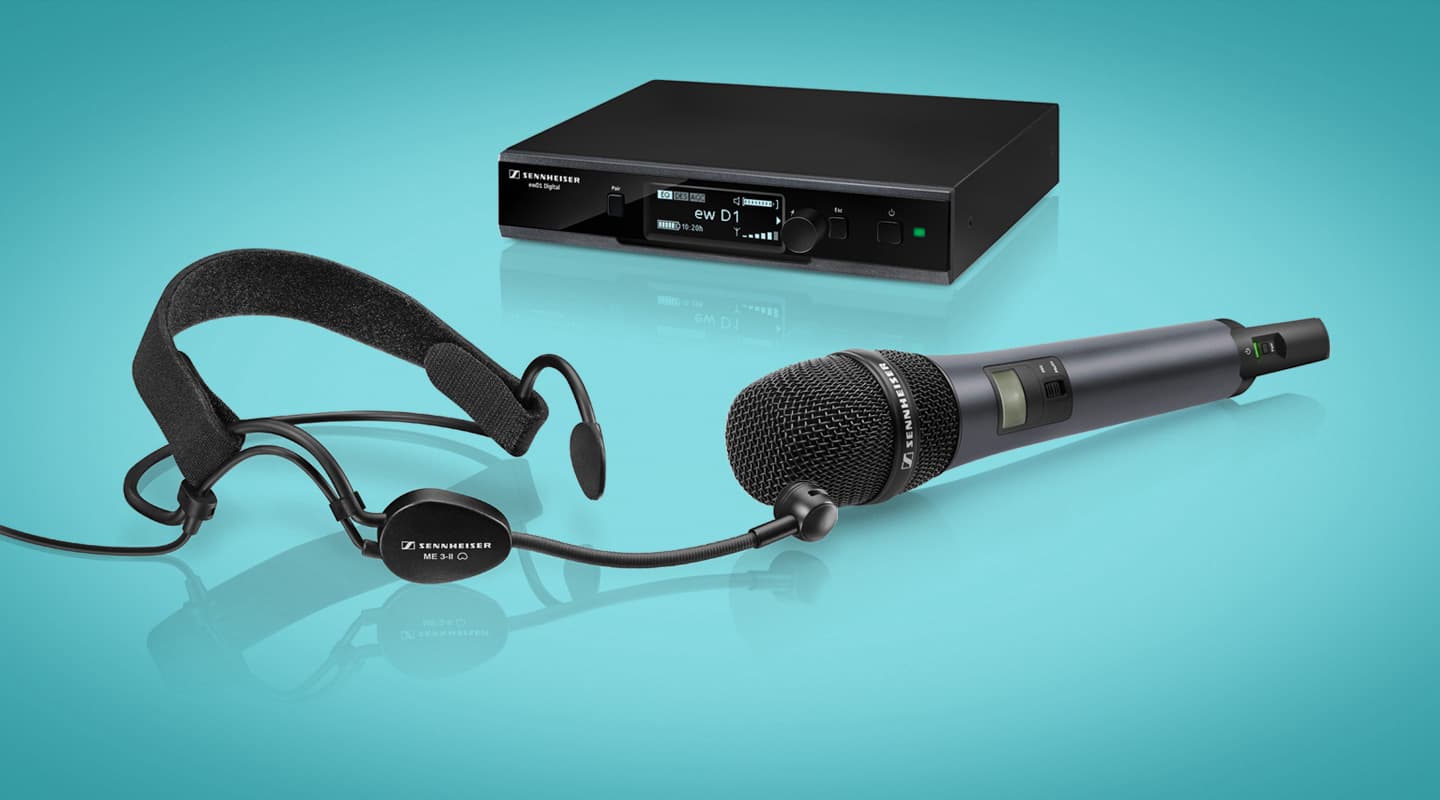
Review: Sennheiser EW D1 Wireless System
By now we should all know the (cordless) drill: UHF rules the wireless roost.
Review:/ Christopher Holder
Mission-critical applications use it and it’s the best sounding chunk of electromagnetic spectrum to be in. But there is another way: using the ISM (Industrial, Scientific & Medical) chunk of the 2.4GHz band. But there are pros and cons… actually, there are mostly cons.
2.4GHz is the crazy-busy piece of spectrum inhabited by wi-fi, Bluetooth, garage door openers and the rest.
To successfully operate in this band you have to have robust error correction and frequency-hopping measures in place to get a solid signal, resulting in some extra latency on top of the digital conversion.
As 2.4GHz is a much shorter wavelength than UHF it’s more directional and less penetrating. Which can be an issue if you’re not in clear line of sight.
Systems in this band normally accommodate no more than 12 channels in one setup (although the ew D1 promises a theoretical 15). Which can be limiting.
All of which doesn’t sound great.
So what’s an ISM band system got going for it? Normally they’re cheap; really easy to set up; being digital, there’s no compansion; and you can use it anywhere around the world without stepping on any UHF wireless spectrum toes.
Sabine was the first to explore the space back in the ’90s. Then Line6 was the next most notable innovator (I’ve had experience with the Line6 product for a few years and was quite satisfied with the performance). More recently, Sony, Audio-Technica, and Shure have released wireless product using the 2.4GHz band. Now, it’s Sennheiser’s turn with the Evolution Wireless D1.
Up to this point, all the manufacturers have put their 2.4GHz products in the ‘entry level’ category. Presumably it’s by way of recognition that if rock-solid performance, super-low latency and great sound quality is important to you, then you’re better off spending more on a quality UHF system.
What’s interesting about ew D1 is the price and features don’t amount to an apology for working in the 2.4GHz band. Finally, here is a system that’s proudly non-UHF.
MORE INFO
Price
Instrument set AU$999
835 Vocal set AU$1099
845 Vocal set AU$1179
HeadMic set AU$1179
Presentation set AU$1099
Contact
Sennheiser: +61 (0)2 9910 6700, [email protected], www.sennheiser.com
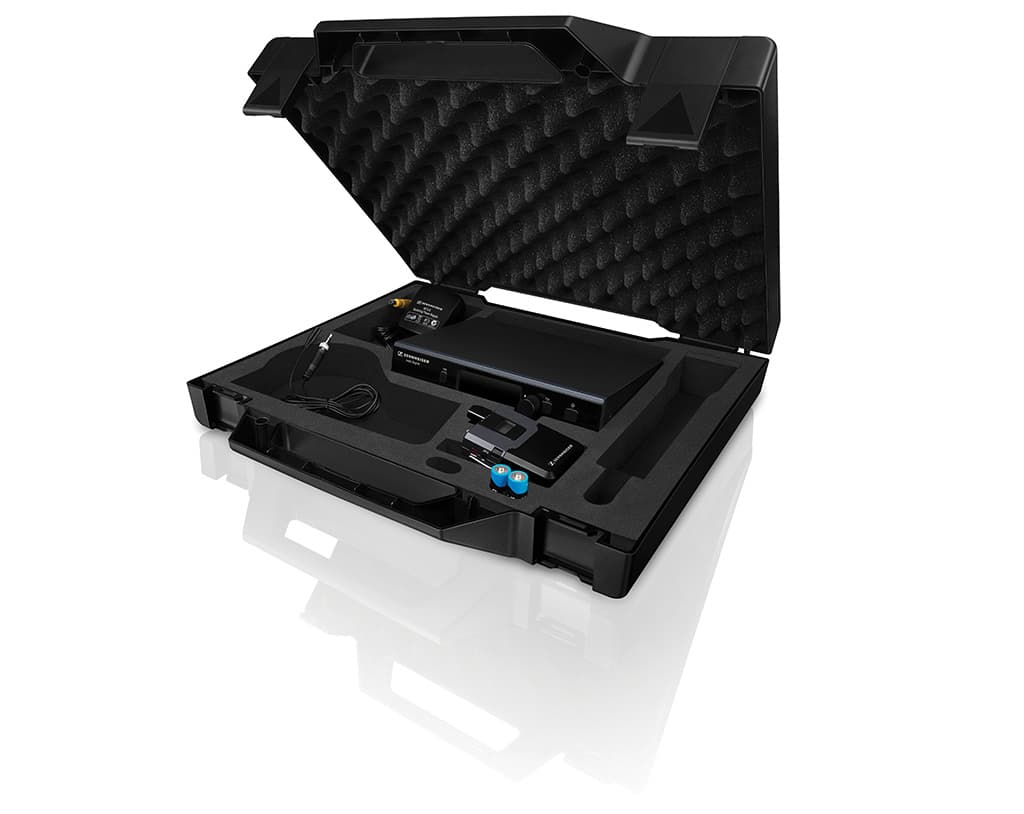
IPAD APP
By the time you read this there’s likely to be free Android/iOS apps available for the ew D1 (keep an eye on the AV APAC website for the link). Plug in a router via the receiver’s RJ45 connector and Bob should be your uncle. The app, we’re told, will reflect the functionality of the receiver’s GUI. Potentially very handy for a one-man operation.
ONE FOR THE ROAD
That said, the price (approximately AUD$1100 per channel) is still in the lower-to-mid end of the market, but does put it up against some very worthy UHF competition. So what’s the new ew D1 bringing to the table?
D1 is presented as a musician’s or travelling AV tech’s system, with wireless kits arriving in plastic hard cases. The case is very sturdy and allows you to neatly pack away your transmitter, receiver, universal power supply and leads. It does mean the handheld mic, for example, comes without a pouch (you put it back in the case after use).
So the emphasis is on ease of use and transportability, rather than permanent installation – there’s no obvious means of ganging receivers together and rackmounting them, and there’s no encouragement to buy ew D1 separate components.
I think you’re starting to get a picture here of who Sennheiser is pitching the D1 to: performers, small-scale rental jobs, AV presentation techs… anyone that needs only one or two channels.
Emphasising the set ’n’ forget suitability of the D1 there’s some neat DSP on-board: de-essing, auto gain control and EQ (all especially handy if you’re plugging into a basic house mixer). The audio features are all accessed via a very clear and bright OLED display with an easy-to-use dial ’n’ press pushbutton arrangement. What’s more, all the features and the setup procedure is laid out very succinctly on a cheat sheet A3 poster and an even more succinct A5 card — there’s no instruction manual as such.
24-BIT COMPRESSION?
You can think of a 2.4GHz wireless system as somewhat like a smartphone talking to a wi-fi router. It’s digital. Your mic is sending the ‘router’ a stream of FM-modulated 1s and 0s within the 2.4-2.4835GHz band. It’s an electro-magnetic radiation peasouper out there with every piece of gear in the room is hopping around to meet up with their own wi-fi router – so your system is constantly switching frequencies and hoping to find clear air.
It’s a digital system, so audio entering your mic goes through a conversion stage right after it hits the diaphragm. The D1 audio is being sampled at 24-bit/48kHz. That’s a lot of 1s and 0s pouring out of your transmitter every second into the ‘wi-fi receiver’. If you were doing some equivalent data work on your smartphone, quite likely you might occasionally experience some lagginess with that kind of digital deluge. In the world of audio performance, ‘lagginess’, is unworkable. You simply can’t have a system that occasionally needs to ‘catch up’ — you’d experience drop outs and glitching.
In the case of the ew D1, Sennheiser has chosen to license the apt-x compression algorithm to vastly reduce the amount of data it has to deal with every second. Like any kind of super-smart data compression, the idea is to excise the data ‘you don’t need/hear anyway’. Which means if you’re standing silently on a quiet stage with the mic on, you’re not needlessly sending 1.152Mbps of silence through the ether to your receiver – the apt-x codec bins most of the ‘junk’ data before transmitting it, because nothing much is happening.
The apt-x codec isn’t new. One of the first to recognise the benefits of apt-x in pro audio and broadcast was none other than Solid State Logic in the ’90s. In 2010 the technology found its way into the hands of CSR of all companies (yes, CSR of cane sugar and Gyprock fame). It’s marketed as offering a superior data compression quality, which is why purveyors of broadcast gear such as Harris, Digigram and others, have all licensed it.
Still trying to get your head around encoding the audio with 24-bit accuracy then instantly hacking at it with data compression? Well, you’re still getting the extra bits where it matters, in resolving musical content. Plus you’re getting the sort of extended dynamic range (135dBA) an analogue wireless system could only dream of.
FLYING CONFIDENTLY SOLO
There’s nothing entry level about the build quality of the D1. The handheld microphone feels great – solid and well balanced, with on/off and mute switches all reassuringly positive to control. Ditto the beltpack. It’s compact and with its steel construction feels bulletproof.
Traditionally, I’m a Shure wireless person, so I was keen to spend some time with the Sennheiser mic. I had the cardioid 835 capsule version for review and there was plenty of gain before feedback, lots of zing and life, and a proximity effect you could really work to your advantage. Talent I worked with were all complimentary. The level of handling noise is perfectly acceptable. The 3.9ms latency is also perfectly acceptable – although if you’re working with talent using in-ear monitoring you may want to think carefully about a lower-latency alternative.
This is a good system with plenty of features. To reiterate, it’s not intended as a four-, eight-channel or more system; rather, it’s a high quality, go-anywhere, one- or two-channel setup that won’t let you down. And in that regard I’ve no hesitation in recommending it.

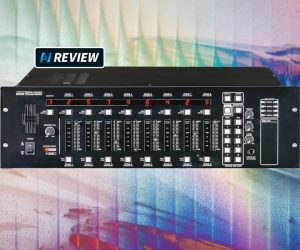

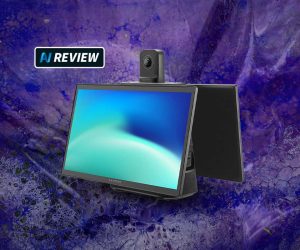


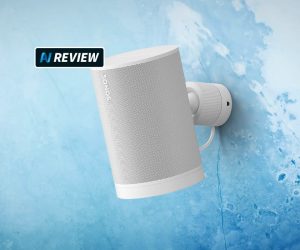
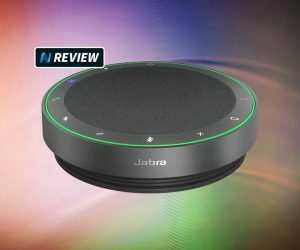
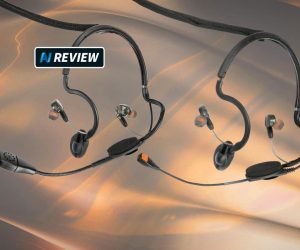
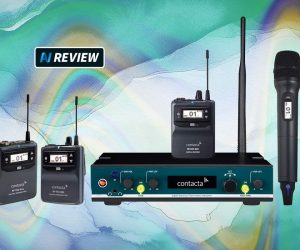
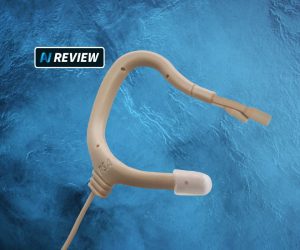
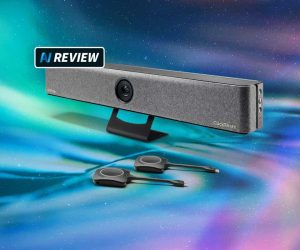
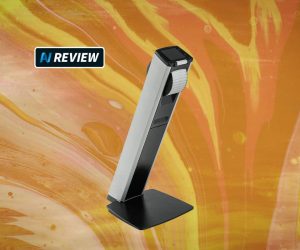


RESPONSES